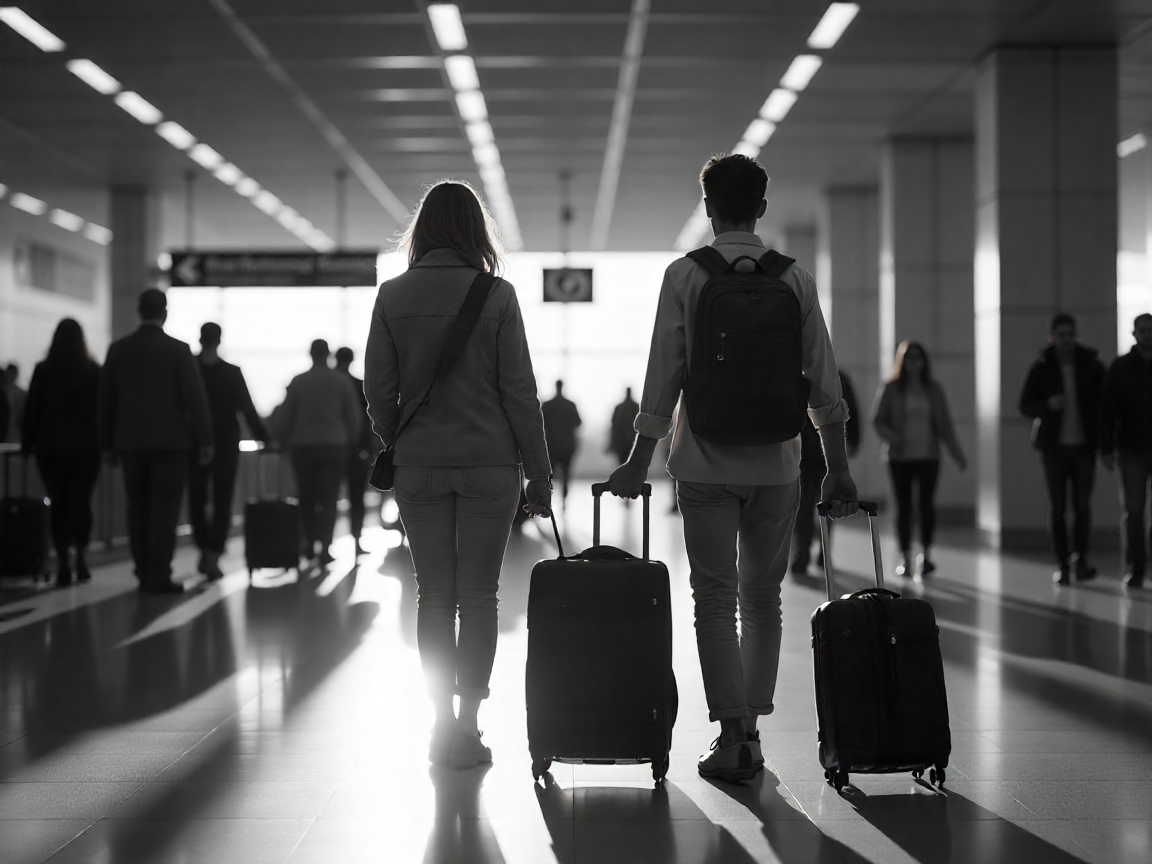Introduction to New EU Travel Regulations
The European Union recently updated its regulations regarding what travelers from the United States and Canada can bring into its borders. This shake-up not only involves new fees for entry but also specifies the items visitors are allowed and not allowed to carry. Here’s a closer look at these changes and their implications for travelers.
Increased Fees for Entry
Starting in late 2026, travelers from the U.S. and Canada will need to obtain an ETIAS (European Travel Information and Authorization System) authorization before visiting the EU. This authorization comes with a fee, marking a significant rise in the cost of entering European countries, which remains one of the most desired travel destinations. Even though many tourists still favor visiting Europe due to its incredible history and cultural diversity, these new fees may affect travel plans significantly.
Overview of Items Allowed and Not Allowed
Travelers must familiarize themselves with the updated lists that outline specific items they can and cannot bring into the EU. Compliance with these regulations is crucial; otherwise, penalties, including confiscation of items and fines, can be enforced.
What Cannot Be Carried Into the EU
Meat or dairy products
Items related to endangered animals and plants, often requiring special permits
What Can Be Carried Into the EU, Under Certain Conditions
Certain goods that are not for resale and stay within specified limits may be free of VAT and excise duties
Limited amounts of fruits and vegetables, as well as eggs, egg products, and honey
Restricted quantities of fish or fish products are permissible
Perfumes valued at up to 300 euros per traveler or 430 euros for those traveling by air and sea
Moreover, visitors entering or exiting the EU with cash amounts equal to or exceeding 10,000 euros (or its equivalent in other currencies) must make a declaration to customs authorities. Failure to comply with this rule could lead to serious penalties.
Travel Items Allowed Within the European Union
As travelers move between EU countries, it’s important to understand the regulations governing the transportation of goods within the Union itself.
What Can Be Carried When Traveling Within the EU
Meat or dairy products that are intended for personal consumption
Cut flowers, fruits, and vegetables grown within the EU
Limits on powdered baby milk (less than 22 lbs or 10 kg), baby food, and specific pet feeds
Foods required for medical reasons
Alcohol and tobacco for personal use only, not for resale
Countries have varying guidelines for quantities of alcohol and tobacco. While no EU-wide rules exist on cash transportation, travelers are advised to check with local customs before embarking on their journeys.
結論
With the updated regulations shaking up travel plans, staying informed is more crucial than ever for Americans and Canadians planning trips to Europe. It’s always best practice to check in with the respective websites of the countries you plan to visit to verify specific allowances. This will help to avoid any last-minute complications.
While the first-hand experience is invaluable, reviews and feedback from previous travelers can guide one in making informed decisions. On LocalsRide.com, travelers can hire a car with a driver from verified service providers at reasonable prices, ensuring that they can conveniently navigate their destinations without incurring unexpected costs. Offering a user-friendly platform where you can choose your vehicle based on make, model, and ratings, along with unparalleled transparency, LocalsRide makes travel simpler and more reliable. Book your transfer with LocalsRide today and travel with confidence!

